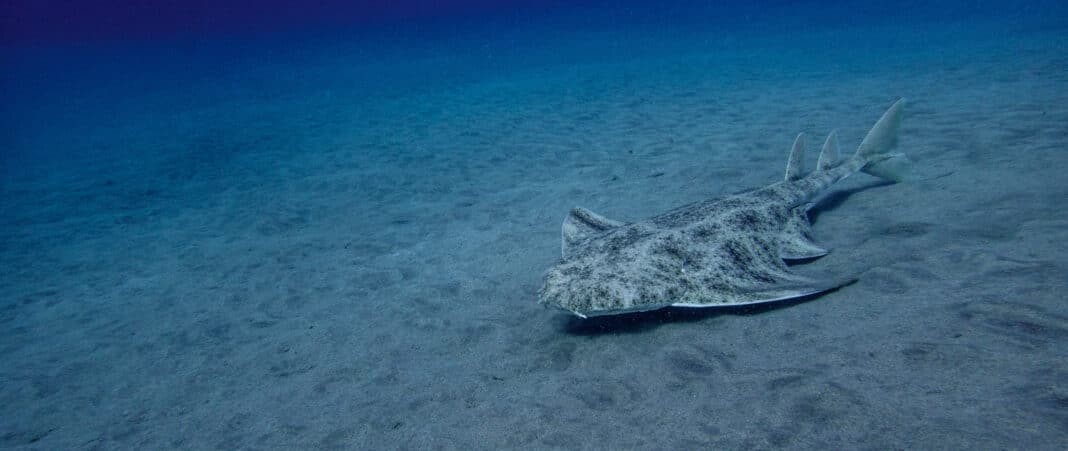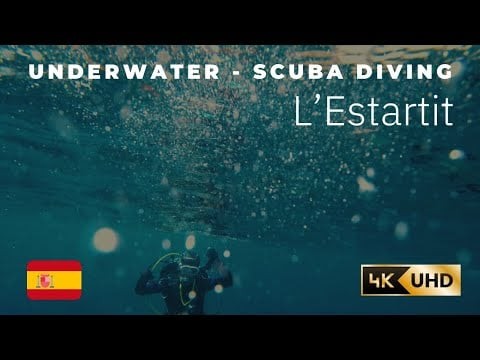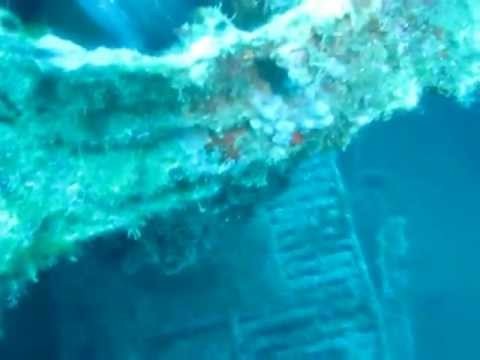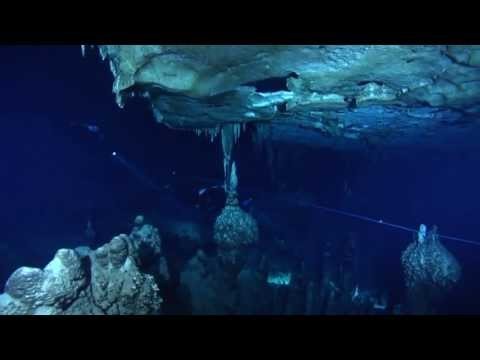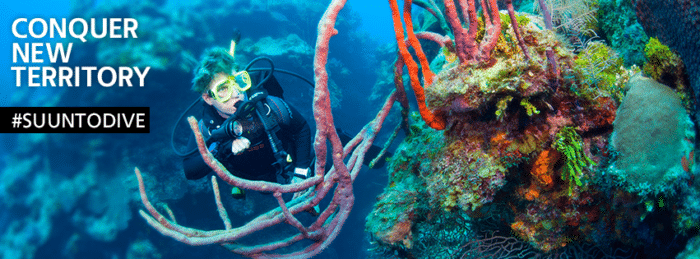Scuba Diving Spain is part of our Top Dive Sites of the World
While not a traditional tropical diving destination, Spain still has a lot to offer. Scuba diving Spain will give you some of the best diving experiences in Europe. Whether you want to dive in the Mediterranean or out in the Atlantic, Spain has some of the best diving in Europe, just a short hop away. So read on to find out the hottest places to dive in Spain.
Location
The Canary Islands – Atlantic Heaven
The Canary Islands are a relatively short two-hour flight away from the Spanish mainland. Nestled off the coast of Morocco, the islands are pure Atlantic Ocean diving heaven. The archipelago consists of several islands, although there are 8 main inhabited islands. The largest four are Tenerife, Lanzarote, Gran Canaria, and Fuerteventura, and are the ones with most of the diving centers and dive destinations.
The marine life in the Canaries is rich, and you can have encounters with a wide range of creatures both of Mediterranean origin and from Atlantic species. Encounters with angel sharks are common, with the canaries being one of their breeding grounds in the eastern Atlantic. The canaries are also home to a healthy population of barracudas, wrasses, damselfish, octopuses, and moray eels. If you are lucky at certain sites, you can encounter dolphins and finback whales.
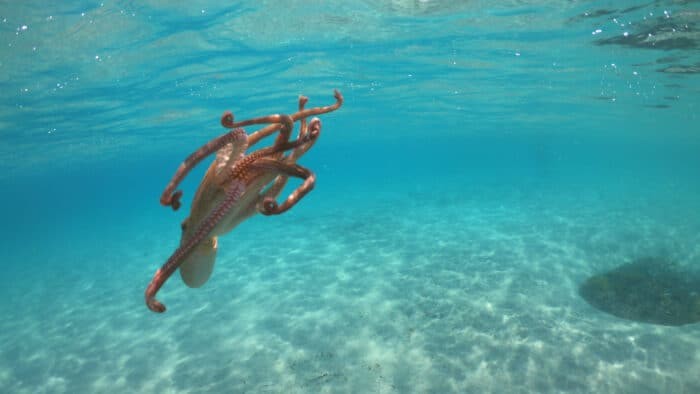
You can also encounter rays regularly, with 5 species being commonly found in the waters off the canaries. These include round, eagle, common, marbled electric, and butterfly ray. If that was not enough ray action, you can occasionally also encounter bull rays and manta rays are known to pass by.
Another big draw is the abundance of turtles in the waters around the Canary Islands. 6 of the seven turtle species can be found, including the majestic leatherback. The only species of turtle not found in Canarian waters is the flatback sea turtle.
Depending on your passions, you can target which island you want to visit. While all have great marine life, Gran Canaria is better known for its abundance of wrecks (over 50), while Fuerteventura offers divers some stunning underwater topography and lava formations. Lanzarote and Tenerife are better known for their rich and diverse marine life.
Although they are geographically separated from the Spanish mainland, the Canary Islands easily make it onto any top 10 list of scuba diving Spain destinations!
Scuba Diving Spain – Mediterranean Jewel L’estartit
L’estartit is one of the jewels in Spanish diving. The area is home to some stunning dive sites and is the gateway to access the wonderful Medes islands. You can dive L’estarit year-round, making it rare amongst Mediterranean diving destinations that tend to close for the winter.
Once you slide into the water off Le’stariat, the richness s of the marine life and flora and fauna hits you hard. Because the site has been protected since 1990, the marine life is varied and concentrated in a small area. At the right season, you can regularly encounter tuna, barracudas, eagle rays, scorpionfish, lobsters, crayfish, conger eels, and a wide variety of nudibranchs. Some divers claim that every species of wildlife present in the Mediterranean can be found in the water of L’estartit.
In terms of conditions, the best time to dive L’estartit is generally in the summer when the water temperature can reach 25C/77F. While visibility is often very good ranging from 10-30m/32-98ft.
the dive sites in L’estartit are varied with something for every level of divers. They vary in depth from 10-50m/32-164ft. Some of the more famous sites include Reggio Messina Wreck, Puig de La Sardina, Pedra de Deu, Dolphin’s Cave, La Pedrosa, and Carall Bernat, to name a few. If you plan on scuba diving Spain, then the coast of L’estartit and the Medes archipelago is definitely worth a week or two of your time.
Cartagena – Cabo de Palos
Another Mediterranean diving legend – Cabo de Palos in Cartagena would rightly belong on any scuba diving Spain trip itinerary. Its location on the coast of Murcia gives this peninsula unique geography and aquatic conditions. From the west, nutrient-rich, colder waters arrive from the Atlantic ocean. They collide with warmer Mediterranean water coming in from the northeast. This creates a flow of currents driving nutrients and supporting life into the shallows can creating one of the best Mediterranean dive sites as a by-product.
the main diving are of Cabo de Palos is the Isla Hormigas marine park. The location offers a variety of dive sites to suit every level of diver. Whether you want to go nudibranch shooting at 3m/10ft or explore a wreck on trimix at 60m/~197ft, you can do it all surrounded by some stunning marine life. The area is rich with coral, grouper, tuna, amberjack, barracudas, and more; it is even well-known for its large seahorse population.
Some of the more popular dive site around Isla Hormigas include Bajo de Fuera, Bajo de Dentro, Piles I, Piles II, and Bajo de la Testa. Bajo de Fuera is famous for having 3 wrecks at the site the Sirio, the Nord America, and the Minerva. Unfortunately, all three are only open to experienced divers since they all lie deeper than 40m/120ft.
A shallower wreck can be found just of the coast of the Isla Gomera. The wreck, which was carrying a large cargo of oranges on its last voyage, is locally known as the Naranjito. The wreck lies upright on the seabed, and the top of the wreck is easily within recreational diving limits at 27meter/~88ft.
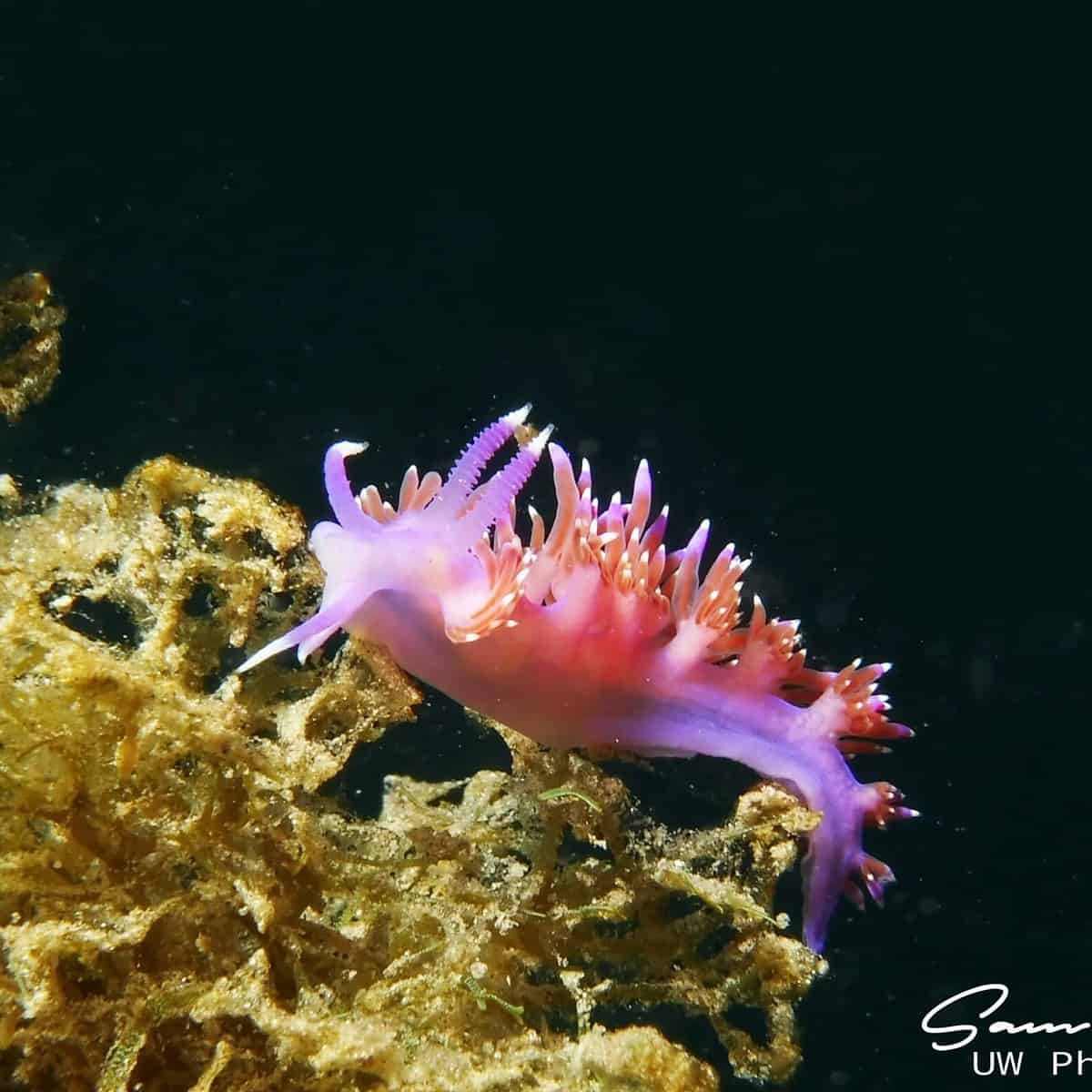
Advanced divers can also sample the delights of the steamship Lilla. This huge Italian merchant ship measures 120m/400ft long and lies in 44meters/144ft of water with the deck at 35meters/114ft. a U-boat victim from 1917, the wreck has become an exciting artificial reef with the passage of time and is well worth exploring.
Technical divers can experience the stunning SS Stanfield. This monster wreck measuring 120m/400ft was sunk in 1916 by a U-boat. She lies in 62meter of water with her top deck at 45m/147ft. The wreck is overgrown with a wide range of marine life and offers a fascinating look into history and plenty of exploration opportunities.
While you may not have heard of Cabo de Palos before, if you add it to your scuba diving Spain trip, you won’t regret it and will experience some of the best diving in the Mediterranean.
The Balearics – Mallorca
A scuba diving Spain vacation would not be complete without a visit to the Balearics. The four islands, Mallorca, Menorca, Ibiza, and Formentera, feature more than 80 dive sites and are famous for a rich and diverse marine life, stunning topography, and a host of varied and exciting shipwrecks.
At the more open sites, you can regularly encounter huge schools of fish, including barracuda, big groupers, jacks, and stingrays. There is also a healthy population of smaller fishes like goatfish, cardinalfish, damselfish, and bream. If you love critters, there is no need to worry octopus abound, and you can find a dizzying array of nudibranchs and more in every nook and cranny.
One of the most famous areas to dive on the island is the wreck graveyard in Palma. 4 wrecks lie in relatively close proximity and a depth reachable by most divers. The largest is a cargo vessel about 60meters/180ft long that lies in 27meters/~88ft of water, although a dive is typically conducted at a depth of 24meters/~78ft. Whether you are after fish life, wrecks or geography, the Balearics have something to offer everyone!
Click here for more Top Dive Sites of the World
Brought To You By
Our Top Dive Sites of the World guide is brought to you by Suunto. We recommend that you use a Suunto Dive Computer when scuba diving or freediving at one of these dive sites. Suunto is the world’s leading dive computer designer and manufacturer providing diving instruments for recreational, technical, and freediving. You can find out more at Suunto.com.

